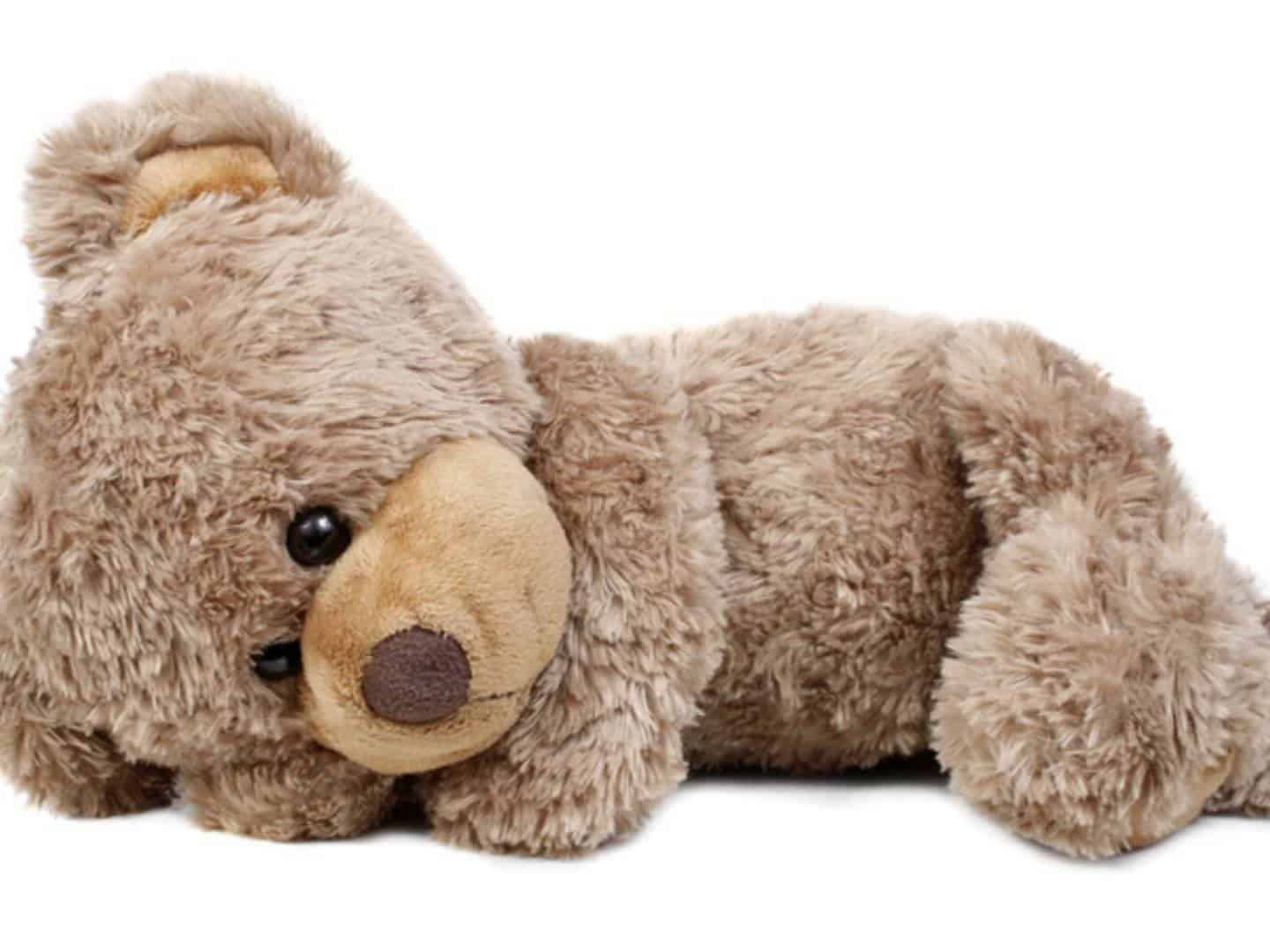There will be a teddy bear. There always is. Push back against the plush tide and it crashes, all fur and baleful plastic eyes, in the living room regardless.
Scientists regularly find that so-called “transitional objects” like teddy bears help children handle emotions and limit stress. In the aftermath of the 2012 school shooting in Newton, Connecticut, well-meaning donors sent 7,000 teddy bears to survivors and their families. This was an act of sentimentality, but it was also a practical psychological measure. Teddy bears can be meaningfully helpful.
But not all of them are. Some teddy bears are just tchotchkes. So what’s the difference between those ones and the ones that help? And how does one become the other? These are complicated questions because the answers are to be found in the murky realms of emotion. But there are answers. The human-bear bond may be ineffable, but the dynamic is fairly well understood.
Studies have shown that the modern teddy bear is — perhaps purposefully and perhaps through a quasi-evolutionary sort of selection — engineered to have the precise facial features and dimensions that the human brain yearns to cuddle. Beyond cuddling, these fuzzy creatures are uniquely capable of dampening psychological trauma, studies suggest, and replacing absentee parents. And scientists suspect that some children become so attached to their optimized teddies that they attach individual, life-like significance to the inanimate object.
Teddy Bears Improve Psychological Well-Being
Cuddling teddy bears “evokes a sense of peace, security and comfort,” psychologist Corrine Sweet said in a 2010 press release (for a Travelodge study, of all things). “It’s human nature to crave these feelings from childhood to adult life.”
One striking example of how stuffed animals satisfy our psychological needs even as adults appeared in Social Psychology and Personality Science in 2011. Researchers first psychologically damaged a group of volunteers by “socially excluding” them — in this case, by giving them negative feedback on a personality test (“You’re the type who will end up alone later in life”). Others received more generous assessments.
Then, the researchers asked each participant whether he or she was willing to share money with a friend, and whether he or she would be interested in participating in future studies. Predictably, those who received negative feedback felt less charitable. They weren’t terribly interested in participating in future studies, and not particularly good about sharing money.
But there was a twist — some “socially excluded” participants were given the opportunity to touch a teddy bear before deciding whether to share money or help with future experiments. And they were significantly more likely than anyone else to engage in prosocial behaviors afterward.
“There is no urgent need for myself to have the money and it is always comforting to be pleasantly surprised by others, even if it’s from a stranger. So I just hope the money can be useful for the person who receives it,” one participant (who, recall, had been told by scientists that she’d probably die alone) gushed after time with her teddy. The authors concluded that something about cuddling with stuffed animals measurably dampens feelings of rejection.
“During situations that may be hard for people to regain social connection with others after being rejected,” the authors conclude. “One can choose to seek solace in the comfort of a teddy bear.”
How A Teddy Bear Takes On A Life Of Its Own
The creepiest part about transitional teddy bears (because the fact that they can replace you isn’t creepy enough) is that kids seem to really care about their stuffed animals. Studies suggest some kids are so attached that they come to believe that their toys have unique properties or “essences”. Researchers demonstrated this in an odd 2008 study published in Cognition, which involved a scientific-looking “copy machine” that researchers told kids they could use to create an identical duplicate of any item. The machine was fake — but the existential crises were real.
When scientists moved to copy everyday objects, the kids didn’t show much interest. But when they proposed to copy that child’s special teddy bear or comfort item, the stakes became apparent. “A quarter of children refused to have their favorite object copied at all,” the authors said in a press release. And those who did copy their transitional items regretted it. “Most of those who were persuaded to put their toy in the copying machine wanted the original back.”
Why did these children care if their transitional objects were copied by a futuristic machine? What were they afraid of losing in translation? The researchers suspect that children assign a metaphysical essence to their transitional objects, in much the same way you’d (hopefully) reject a clone of your kid and demand the real one back.
“Our results might arise because children believe that the favored [object]…has a hidden and invisible property — an ‘‘essence’’ — that distinguishes it from it everything else,” the authors concluded. “Children might further believe that this essence is not copied by the duplicating machine, and hence prefer the original item.”







Thank you, I’ve just been searching for info about this subject for ages and yours is the best
I’ve found out so far. However, what in regards to the bottom line?
Are you certain about the source?